Not only are temperatures rising at the moment, but also our desire to travel. Many dog owners are looking forward to finally having more time than usual for their four-legged friend. There is a great desire to spend your vacation with your dog. In order to make the trip and the time together as pleasant and safe as possible, I have summarized a few important things here.

About me
My name is Mag. Leonie Kondert and I have been working as a veterinarian for 10 years now.
My professional focus includes general medicine, soft tissue surgery, exotic medicine and the care of my greyhound patients. After a few years in the USA, I am happy to be practicing again here in beautiful Vienna. Local craftsmanship and sustainability are close to my heart. It is therefore a great pleasure for me to support Pawsome with my knowledge.

EU vaccination certificate and valid TW vaccination
As soon as you drive across the Austrian border, you are required to have an EU vaccination certificate and a valid rabies vaccination. The rabies vaccination must be at least 21 days old and not older than 3 years. If you are traveling to third countries (all countries that are not members of the EU), it is necessary to have a rabies test determined by a licensed laboratory (AGES). This takes up to 2 weeks. Timely planning is therefore beneficial to avoid stress.

Vaccination against canine diseases
Regular brushing up of canine diseases (distemper, hepatitis, canine parainfluenza, parvovirus and leptospirosis) is recommended to protect your dog. Especially if there are populations of vaccinated dogs with unknown health status in the target country with which your dog could come into contact.Tapeworm treatment 24 hours before entry
To enter certain countries (Great Britain, Northern Ireland, Ireland, Malta, Finland and Norway) a worm tablet is required. Your veterinarian must document this in the EU vaccination certificate.Prevention of heartworm disease
Many warmer countries have mosquitoes that can transmit heartworms. These primarily include the Mediterranean countries (Spain, Portugal, Italy, southern France, Greece, Turkey, Croatia). But Eastern European landlocked countries are also affected (Hungary, Romania, Serbia, Bulgaria, Slovakia, etc.). Heartworm disease is also widespread outside of Europe.

Measures:
- Use a collar or spot on to ward off mosquitoes
- Giving a tablet or injection after returning from vacation
- Mosquitoes are most active between 5:00 p.m. - 7:00 p.m. They live in the sand. Avoiding the affected areas at this time helps keep the infection pressure low.
- If you have been unprotected in an affected area for a longer period of time, it is recommended that you have a blood test carried out. The earlier you detect an infection, the easier it is to treat.
Travel pharmacy:
Equip yourself for small emergencies and bring a few things from home. You can find a number of useful helpers in our first aid kit .

Cut injuries:
- Betadine iodine solution for wound cleaning
- Clean wound dressings
- Bandage material
Gastrointestinal problems:
- Diarrhea prevention (Dia Dog tablets or Carnikur paste)
- Stomach protection
- Don't forget to bring enough food from home! Changing food while on vacation often leads to massive problems.
Eye inflammation:
- Strong sunlight and sand dust can cause conjunctivitis.
- Nourishing eye drops without antibiotics can solve the problem in some cases. Until your vet prescribes a suitable product, they will at least provide relief.

Sunburn:
- Apply a well-tolerated sunscreen with protection factor 50 to the ears and bridge of the nose for white dogs. This prevents UV light radiation from causing squamous cell carcinoma.
- You should protect hairless dogs particularly well.
General tips:
-
Find out whether the planned trip is really dog-friendly. Before you plan a vacation together, you should ask yourself what the ideal vacation would be for your dog. Does he like the heat? Does he love driving? Is a plane trip perhaps better because it can be taken as hand luggage and you can reach your destination much faster? You can find some great travel destinations in our travel guides .

-
Is your dog ready for a big trip? A well-socialized dog with whom you can communicate using commands will have an easier time traveling. If your four-legged friend is used to being exposed to new situations and meeting new people, he can enjoy his vacation.
-
Take it slowly. Traveling through Europe for several weeks on your first vacation without knowing how your dog will react to this new situation can be problematic. A short trip over a long weekend is the better choice at the beginning.

-
Find out whether there are entry restrictions for your dog due to his breed. Denmark, for example, has very strict guidelines. There, 13 dog breeds are classified as dangerous and their entry is not permitted. Some airlines do not transport certain breeds of dogs. Some cities require that certain dog breeds always wear a muzzle. Plan your vacation so that these regulations do not restrict you.
-
Securing your dog appropriately when traveling by car is required by law and important. There are different options available: straps, boxes or grilles that you can install between the trunk and the back seat.

- Heat doesn't just affect us humans. Pay attention to your four-legged friend's body language. Don't overload him and give him regular breaks. Your dog should always have access to water. A travel bowl or a water bottle are suitable for this.

I wish you a nice summer!


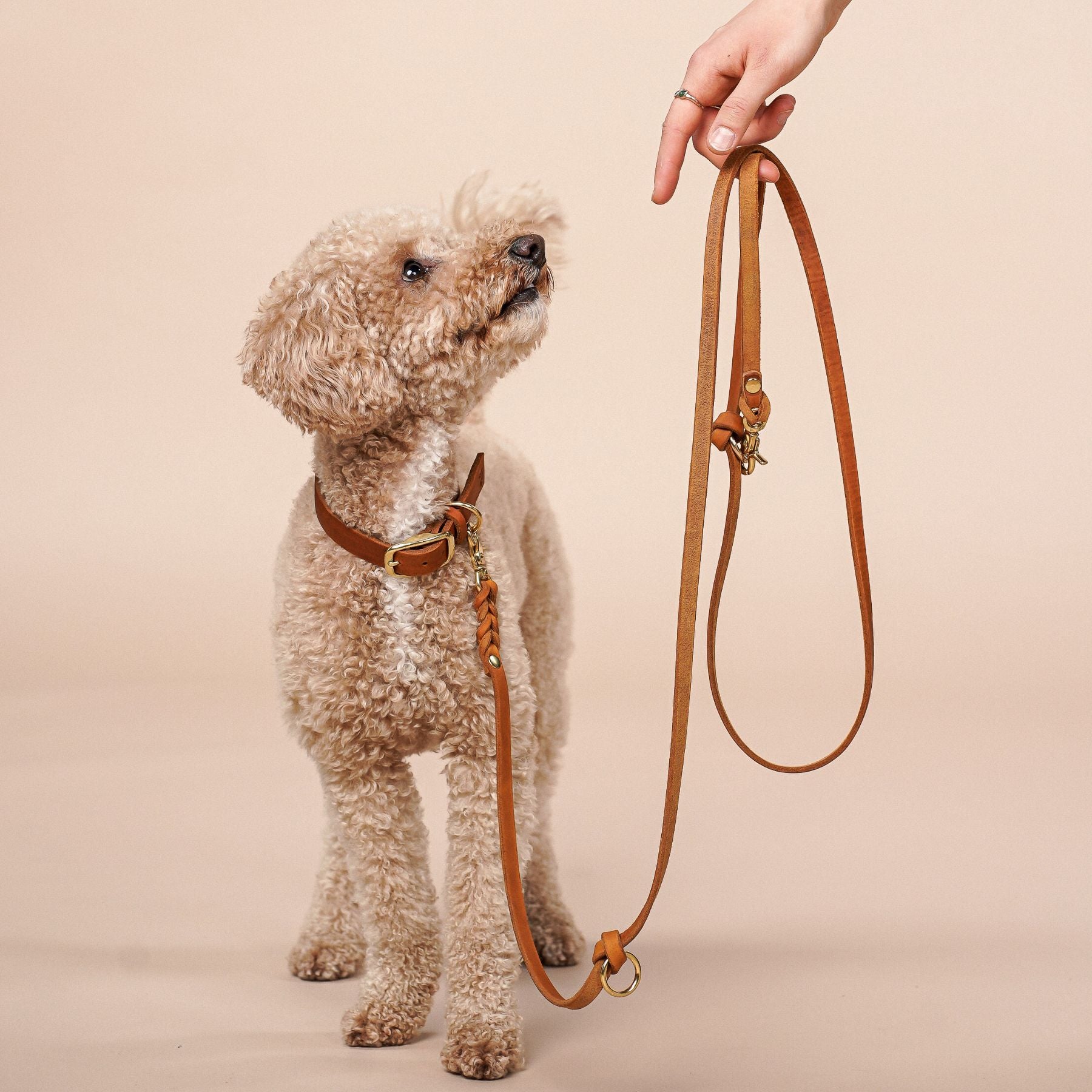


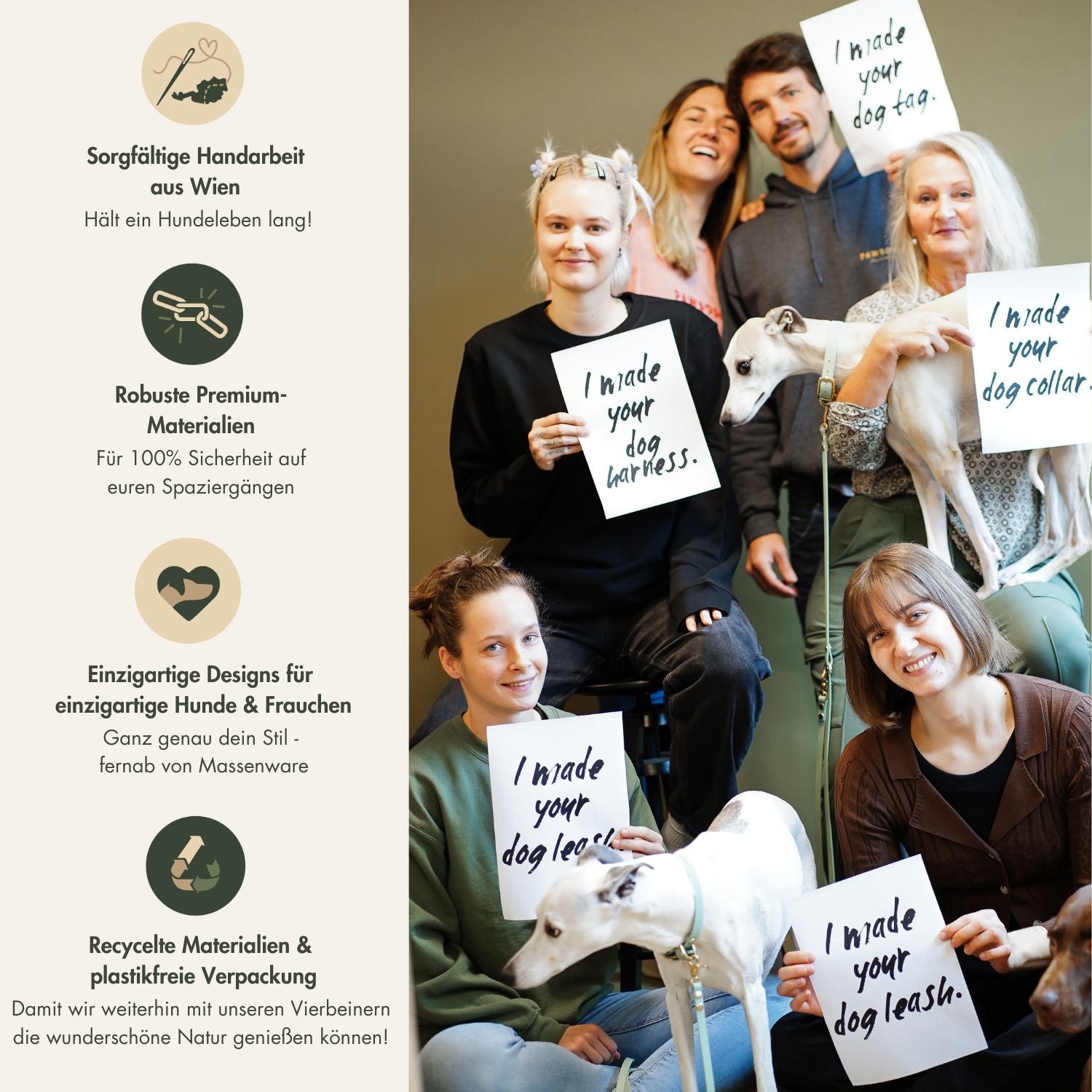


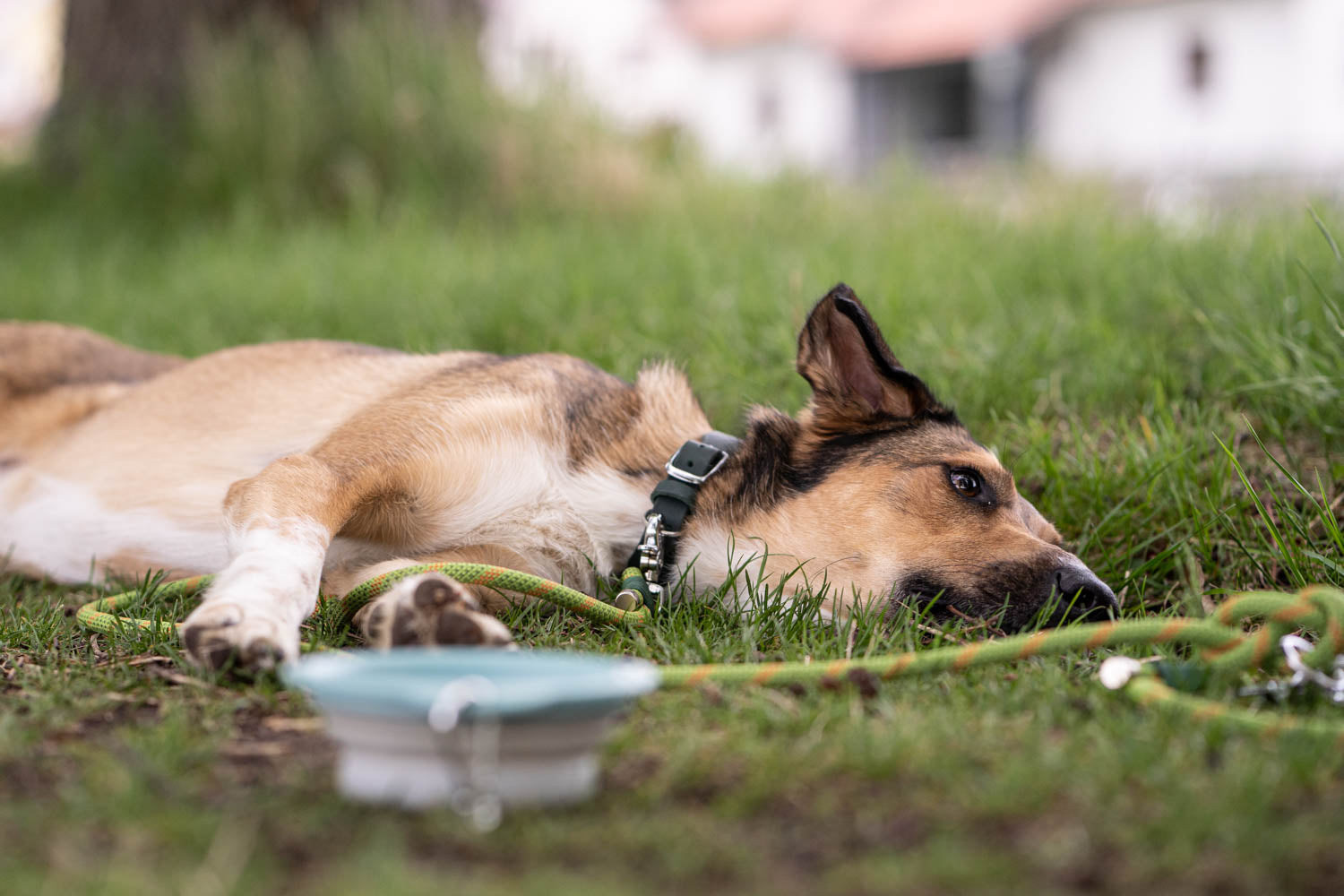

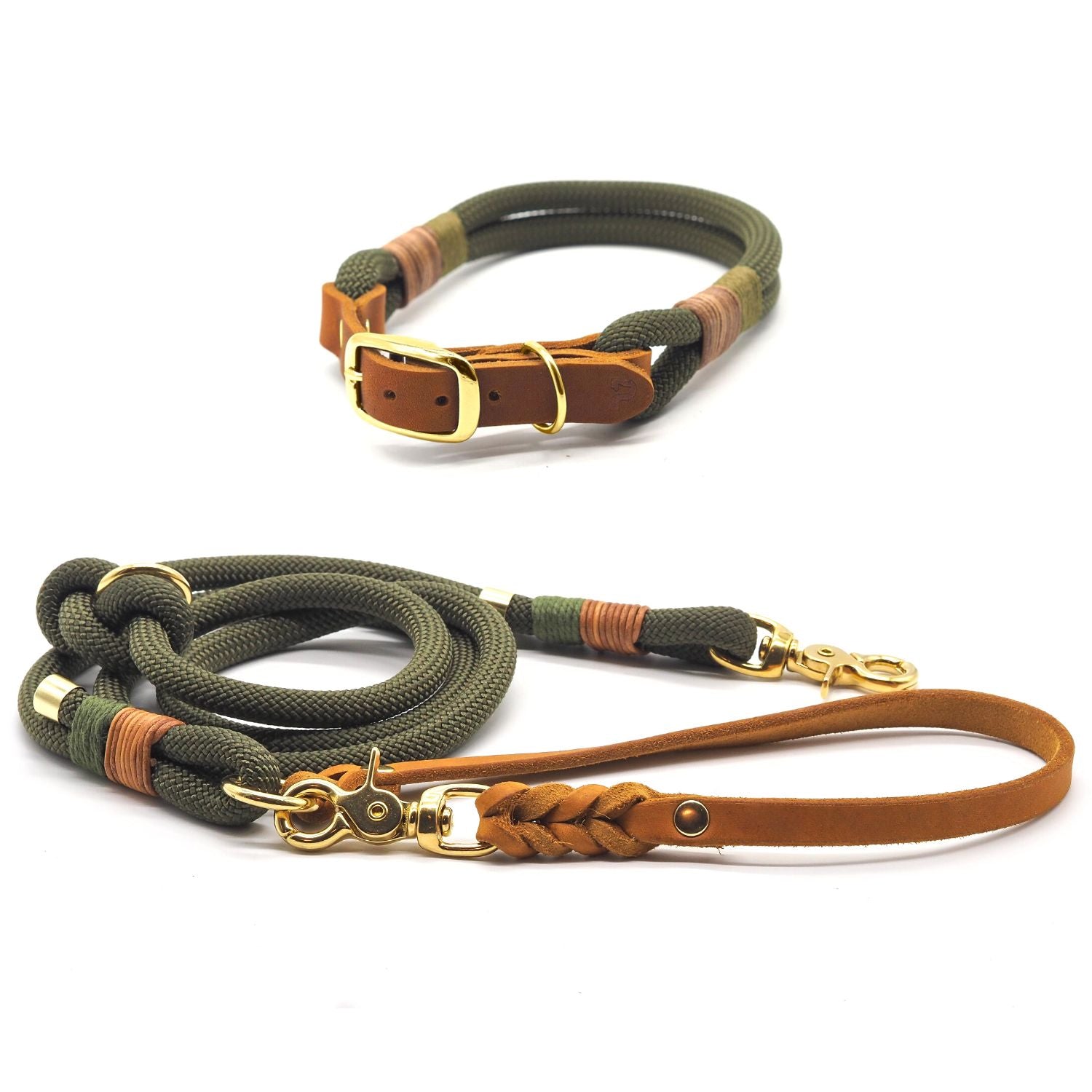


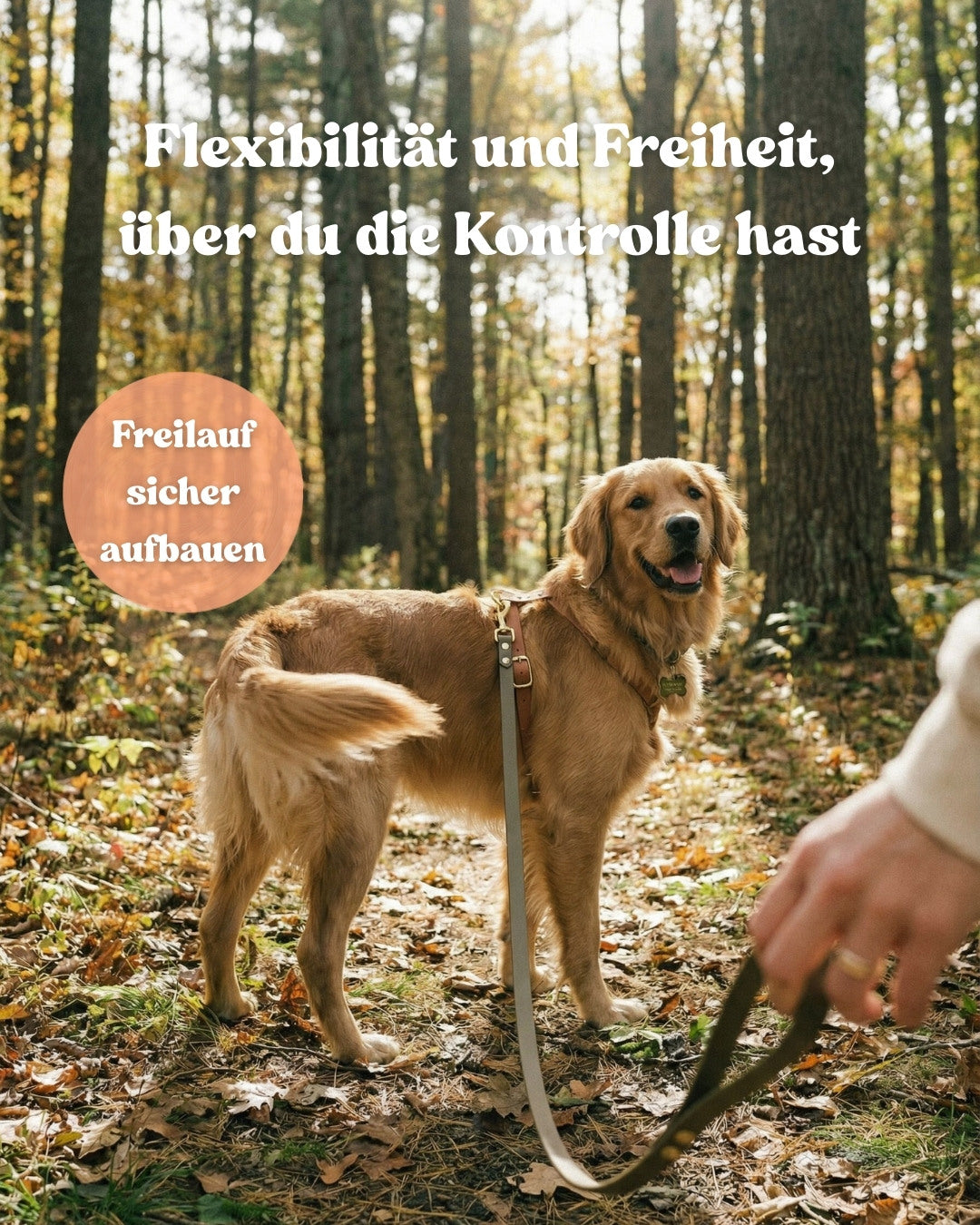


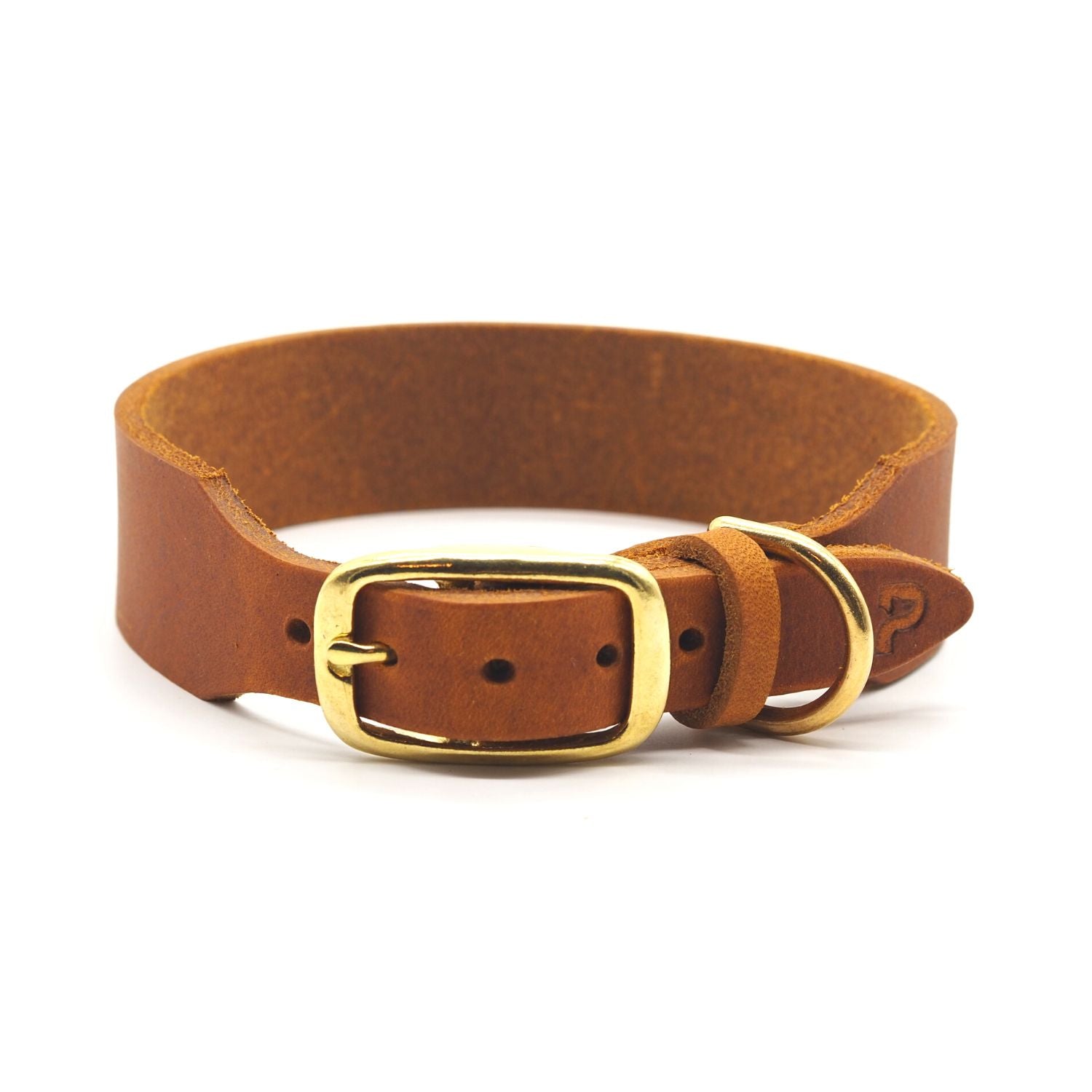

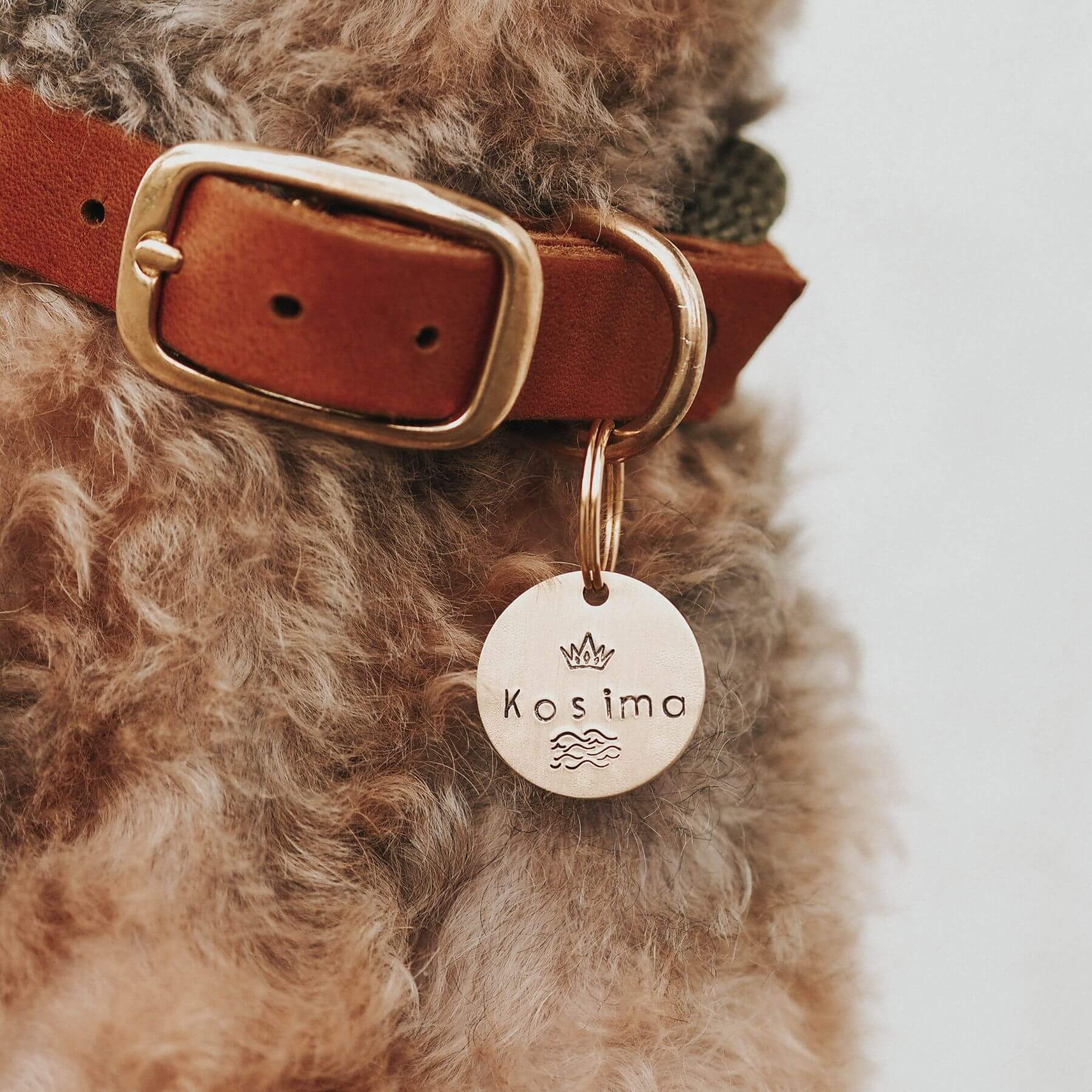
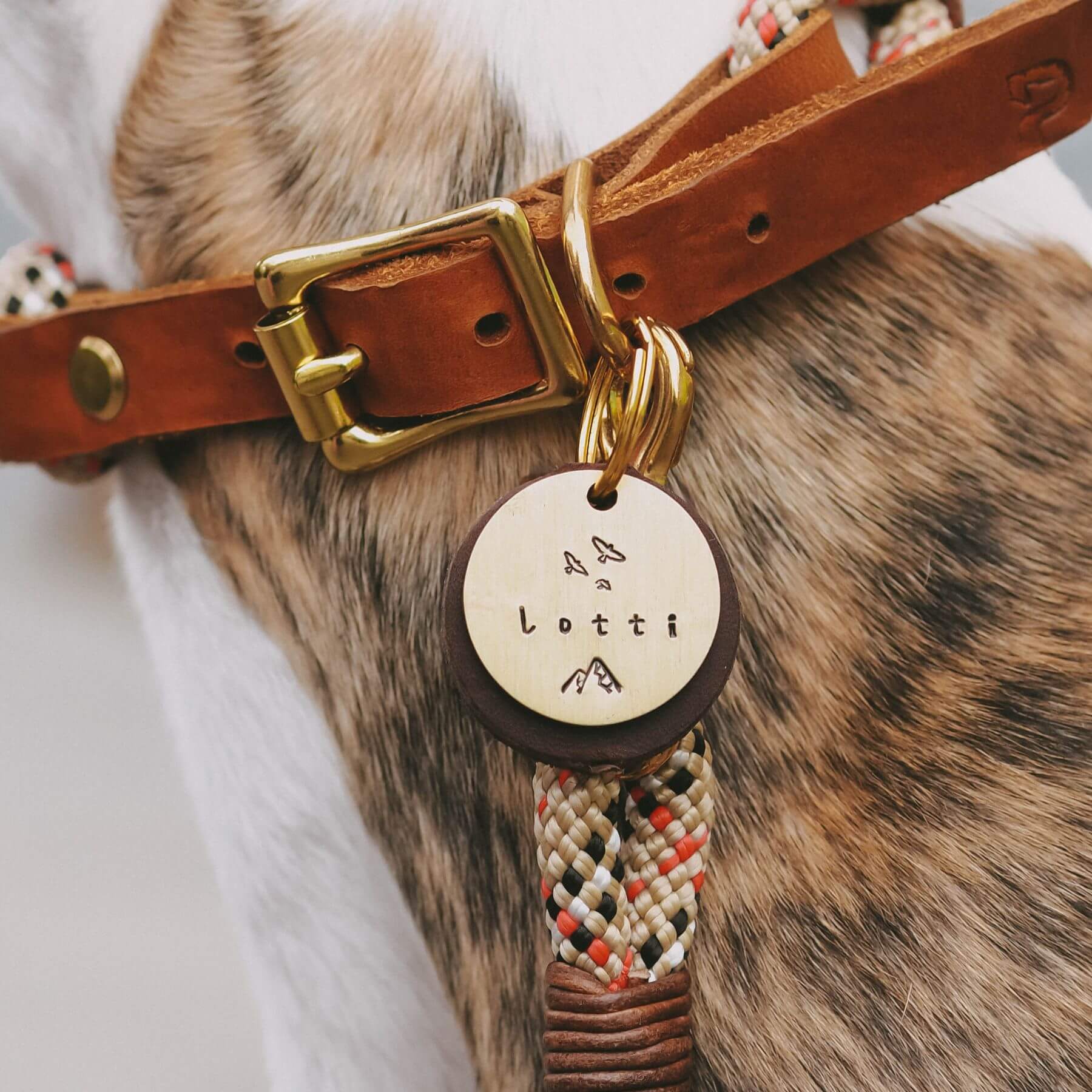




Leave a comment
All comments are moderated before being published.
This site is protected by hCaptcha and the hCaptcha Privacy Policy and Terms of Service apply.